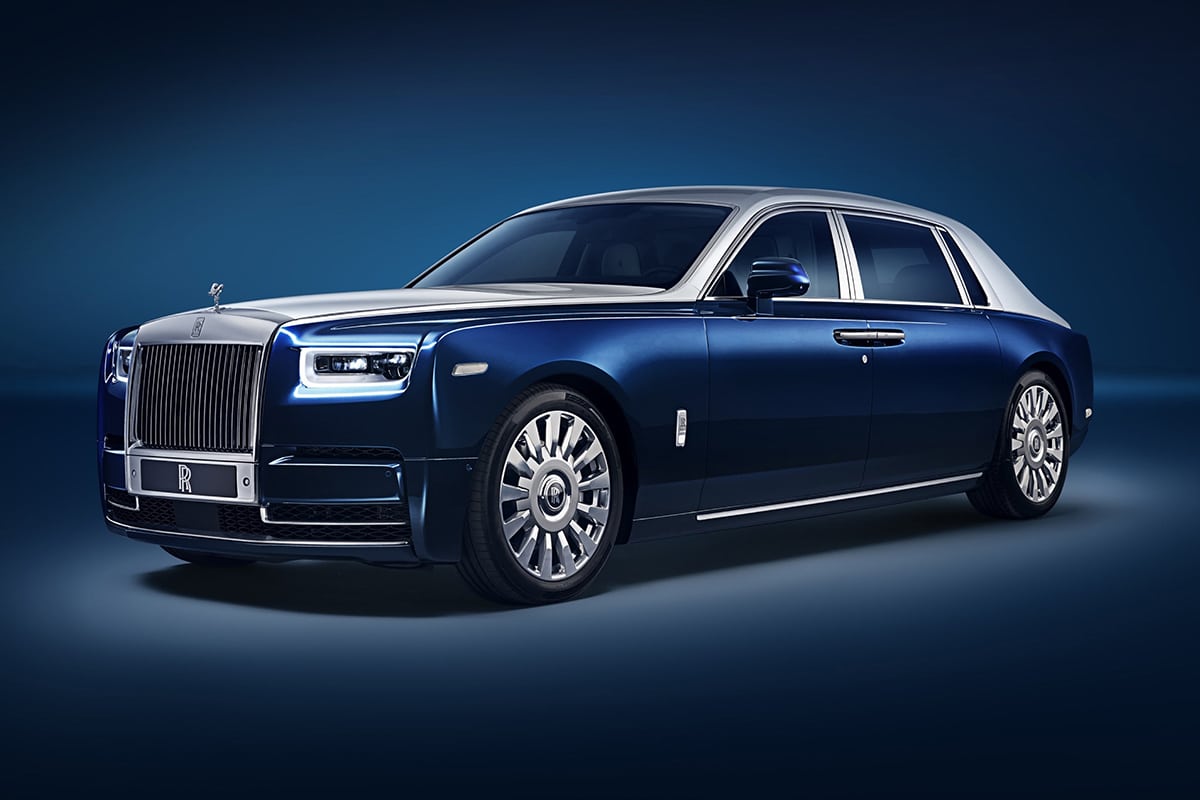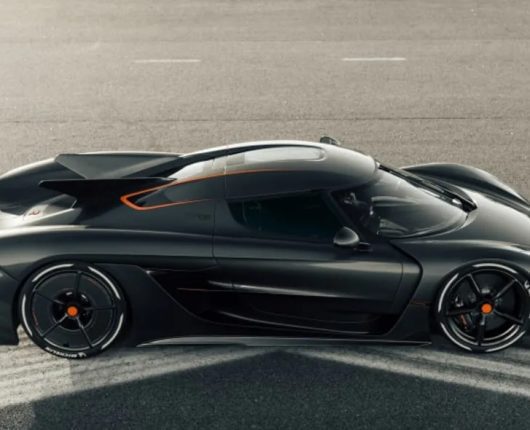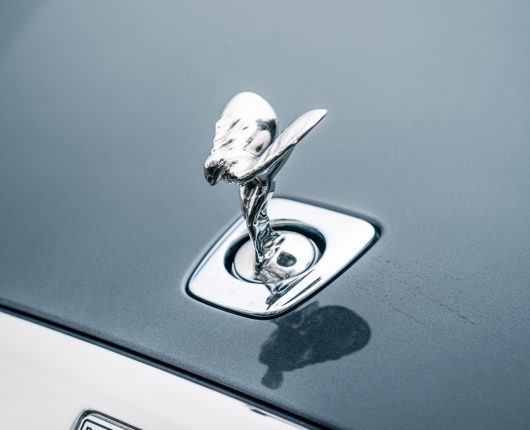Luxury automobiles have always been a symbol of status, sophistication, and innovation. From the classic elegance of vintage models to the cutting-edge technology found in modern marvels, the evolution of luxury cars has been a fascinating journey through time. In this article, we delve into the history of luxury automobiles, tracing their evolution from the early 20th century to the present day, exploring how these vehicles have transformed in design, performance, and features.
1. The Golden Age of Classic Luxury Cars:
During the early to mid-20th century, luxury automobiles exuded a sense of timeless elegance and craftsmanship. Examples include:
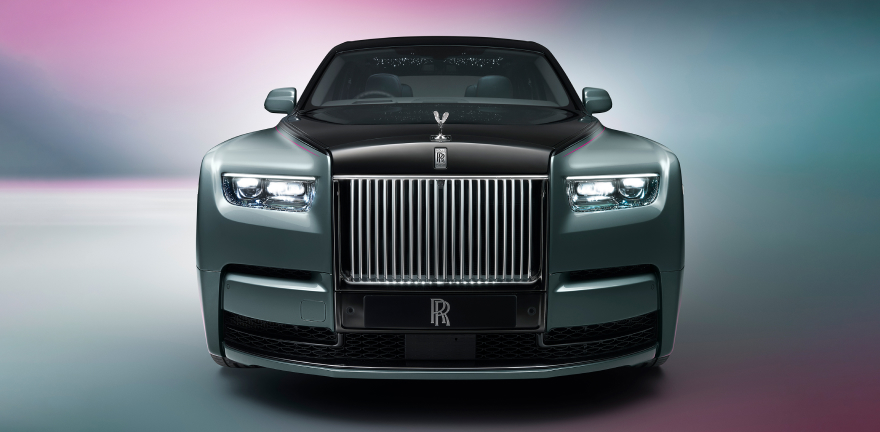
- Rolls-Royce Phantom: Symbolizing opulence and prestige, the Rolls-Royce Phantom epitomized luxury in the 1920s with its handcrafted interiors, powerful engines, and iconic grille.
- Mercedes-Benz 300SL “Gullwing”: Introduced in the 1950s, the 300SL showcased groundbreaking design with its distinctive gullwing doors and innovative fuel-injected engine, setting new standards for performance and style.
2. Innovations in Luxury Automotive Engineering:
As technology advanced, luxury car manufacturers began incorporating groundbreaking innovations to enhance performance, safety, and comfort. Examples include:
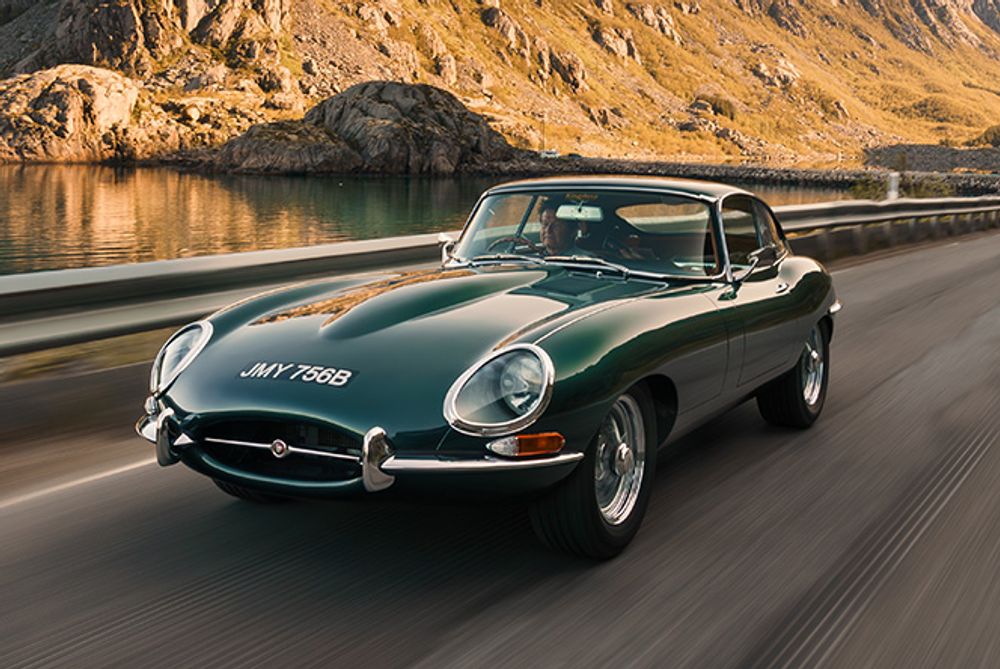
- Jaguar E-Type: Launched in the 1960s, the Jaguar E-Type revolutionized sports car design with its aerodynamic shape, independent suspension, and powerful engine, setting new benchmarks for speed and handling.
- BMW 7 Series: In the 21st century, the BMW 7 Series introduced cutting-edge features such as adaptive cruise control, gesture control, and autonomous driving capabilities, showcasing the integration of advanced technology into luxury automobiles.
3. Sustainable Luxury:
In recent years, there has been a growing emphasis on sustainability and eco-consciousness in the luxury automotive industry. Examples include:
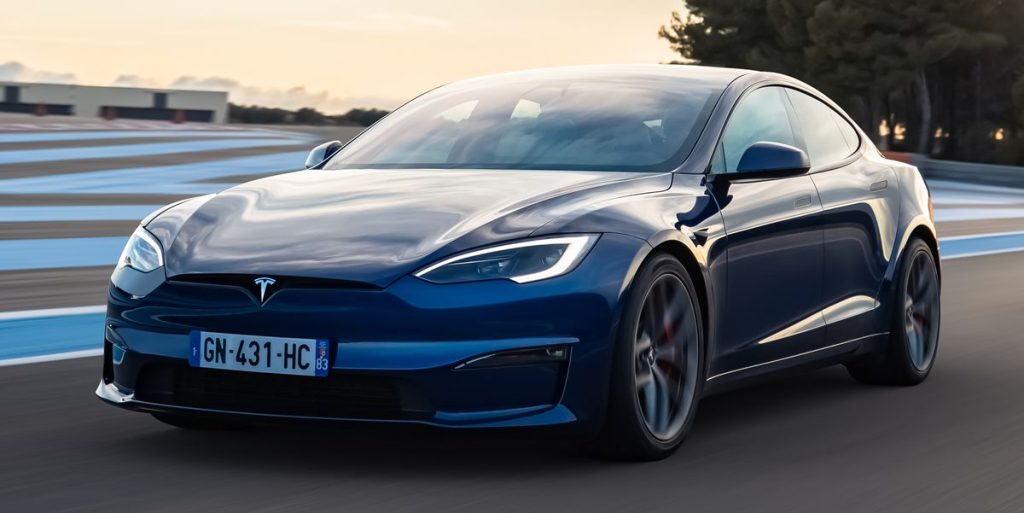
Tesla Model S: Tesla disrupted the luxury car market with its electric Model S, offering zero-emission driving without compromising on performance or luxury features, setting a new standard for sustainable luxury.
Porsche Taycan: Combining Porsche’s legacy of performance with electric power, the Taycan exemplifies the future of luxury electric vehicles, delivering exhilarating performance, advanced technology, and sustainable driving experience.
4. The Era of Bespoke Luxury:
In response to increasing demand for personalization, luxury car manufacturers are offering bespoke customization options to cater to individual tastes and preferences. Examples include:
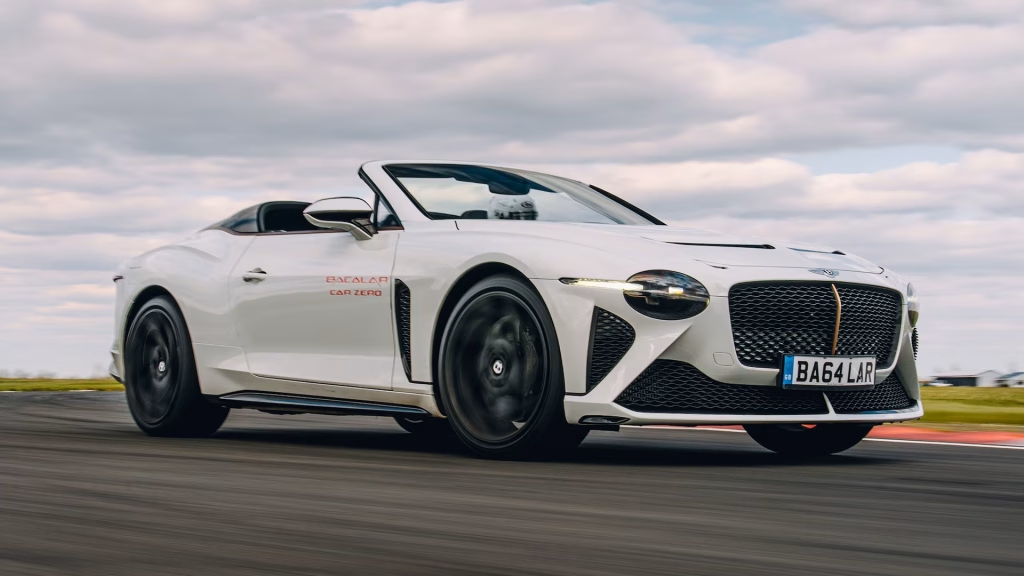
- Bentley Mulliner Bacalar: The Bacalar represents the pinnacle of bespoke luxury, with each car custom-built to the buyer’s specifications, featuring unique design elements, materials, and finishes crafted by Bentley’s Mulliner division.
- Rolls-Royce Phantom Tempus Collection: Rolls-Royce’s Tempus Collection offers exclusive customization options inspired by time and space, allowing buyers to create truly one-of-a-kind luxury automobiles tailored to their desires.
Conclusion:
The evolution of luxury automobiles from classic elegance to cutting-edge innovation reflects the changing trends, preferences, and technological advancements shaping the automotive industry. As luxury car manufacturers continue to push the boundaries of design, performance, and sustainability, the future promises even more exciting developments in the world of luxury automobiles.

